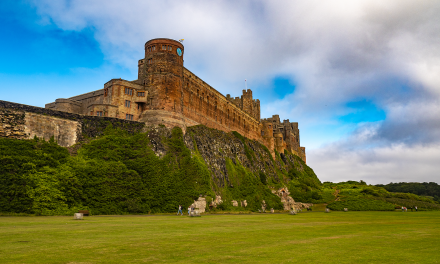The Lake District, also known as the Lakes or Lakeland, is a mountainous region in the North West of England. A popular holiday destination, it is famous for its lakes, forests and mountains, and its associations with William Wordsworth and the other Lake Poets and also with Beatrix Potter and John Ruskin. The Lake District National Park was established in 1951 and covers an area of 2,362 square kilometres.
All the land in England which is higher than 3,000 feet above sea level lies within the Lake District National Park, including Scafell Pike, the highest mountain in England. It also contains the deepest and largest natural lakes in England, which are Wast Water and Windermere.
The first humans settled in the Lake District over 5,000 years ago. In neolithic times, the Lake District was a major source of stone axes. Examples have been found all over Britain. There are also many castles in the area, including the mock gothic Wray Castle, Sizergh Castle, Piel Castle and many others.


